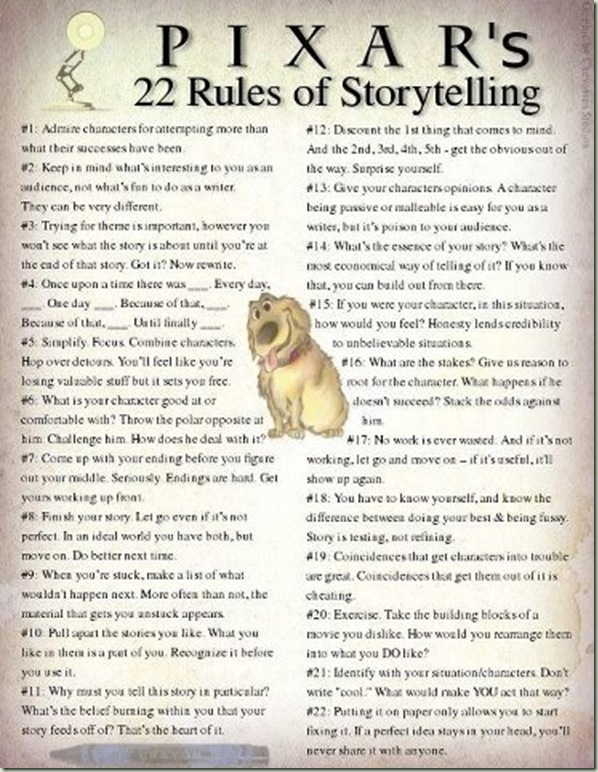RULES OF WRITING
I’ve begun work on a new series. Actually it is the second half of the Eden Valley series that begins with a prequel in the Christmas collection–THE GIFT OF FAMILY. My novella, MERRY CHRISTMAS, COWBOY, is set in the pioneer town, Edendale, which is close to the Eden Valley Ranch.
Every time I start a story I a)forget how I do it, and b) wish I could find a magic way of getting from airy-fairy ideas to a sound, solid plot and motivated characters. Oh I have charts and lists. I even have a pink file card with a list of things I must know before I have a solid story structure and can allow myself to proceed with writing the story. They are basic things like have clearly definable goals, motivation and conflict.
But I’m always searching for more. Something that will make it easier.
So I look up stuff on the internet. I found some rules of writing. Some of the rules are truly funny.
Margaret Atwood’s 10 Rules for Writing Fiction
1 Take a pencil to write with on aeroplanes. Pens leak. But if the pencil breaks, you can’t sharpen it on the plane, because you can’t take knives with you. Therefore: take two pencils.
2 If both pencils break, you can do a rough sharpening job with a nail file of the metal or glass type.
3 Take something to write on. Paper is good. In a pinch, pieces of wood or your arm will do.
4 If you’re using a computer, always safeguard new text with a memory stick.
5 Do back exercises. Pain is distracting.
6 Hold the reader’s attention. (This is likely to work better if you can hold your own.) But you don’t know who the reader is, so it’s like shooting fish with a slingshot in the dark. What fascinates A will bore the pants off B.
7 You most likely need a thesaurus, a rudimentary grammar book, and a grip on reality. This latter means: there’s no free lunch. Writing is work. It’s also gambling. You don’t get a pension plan. Other people can help you a bit, but ¬essentially you’re on your own. Nobody is making you do this: you chose it, so don’t whine.
8 You can never read your own book with the innocent anticipation that comes with that first delicious page of a new book, because you wrote the thing. You’ve been backstage. You’ve seen how the rabbits were smuggled into the hat. Therefore ask a reading friend or two to look at it before you give it to anyone in the publishing business. This friend should not be someone with whom you have a romantic relationship, unless you want to break up.
9 Don’t sit down in the middle of the woods. If you’re lost in the plot or blocked, retrace your steps to where you went wrong. Then take the other road. And/or change the person. Change the tense. Change the opening page.
10 Prayer might work. Or reading something else. Or a constant visualization of the holy grail that is the finished, published version of your resplendent book.
http://www.guardian.co.uk/books/2010/feb/20/ten-rules-for-writing-fiction-part-one This site has a number of author’s rules of writing.
Twain’s Rules of Writing
(from Mark Twain’s scathing essay on the Literary Offenses of James Fenimore Cooper)
1. A tale shall accomplish something and arrive somewhere.
2. The episodes of a tale shall be necessary parts of the tale, and shall help develop it.
3. The personages in a tale shall be alive, except in the case of corpses, and that always the reader shall be able to tell the corpses from the others.
4. The personages in a tale, both dead and alive, shall exhibit a sufficient excuse for being there.
5. When the personages of a tale deal in conversation, the talk shall sound like human talk, and be talk such as human beings would be likely to talk in the given circumstances, and have a discoverable meaning, also a discoverable purpose, and a show of relevancy, and remain in the neighborhood of the subject in hand, and be interesting to the reader, and help out the tale, and stop when the people cannot think of anything more to say.
6. When the author describes the character of a personage in his tale, the conduct and conversation of that personage shall justify said description.
7. When a personage talks like an illustrated, gilt-edged, tree-calf, hand-tooled, seven-dollar Friendship’s Offering in the beginning of a paragraph, he shall not talk like a Negro minstrel at the end of it.
8. Crass stupidities shall not be played upon the reader by either the author or the people in the tale.
9. The personages of a tale shall confine themselves to possibilities and let miracles alone; or, if they venture a miracle, the author must so plausably set it forth as to make it look possible and reasonable.
10. The author shall make the reader feel a deep interest in the personages of his tale and their fate; and that he shall make the reader love the good people in the tale and hate the bad ones.
11. The characters in tale be so clearly defined that the reader can tell beforehand what each will do in a given emergency.
http://www.mamohanraj.com/Writing/twain.html
“On Writing” by Robert J. Sawyer Heinlein’s Rules http://www.sfwriter.com/ow05.htm
Rule One: You Must Write
Rule Two: Finish What You Start
Rule Three: You Must Refrain From Rewriting, Except to Editorial Order
Rule Four: You Must Put Your Story on the Market
Rule Five: You Must Keep it on the Market until it has Sold
Rule Six: Start Working on Something Else
I think my favorite quote about rules is from W. Somerset Maugham. ‘There are three rules for writing the novel. Unfortunately, no one knows what they are.’
No wonder I feel like I am lost in the dark most of the time.
More rules. If you want to read these, you might have to click the picture. Good advice from the experts.




Comments
RULES OF WRITING — No Comments
HTML tags allowed in your comment: <a href="" title=""> <abbr title=""> <acronym title=""> <b> <blockquote cite=""> <cite> <code> <del datetime=""> <em> <i> <q cite=""> <s> <strike> <strong>